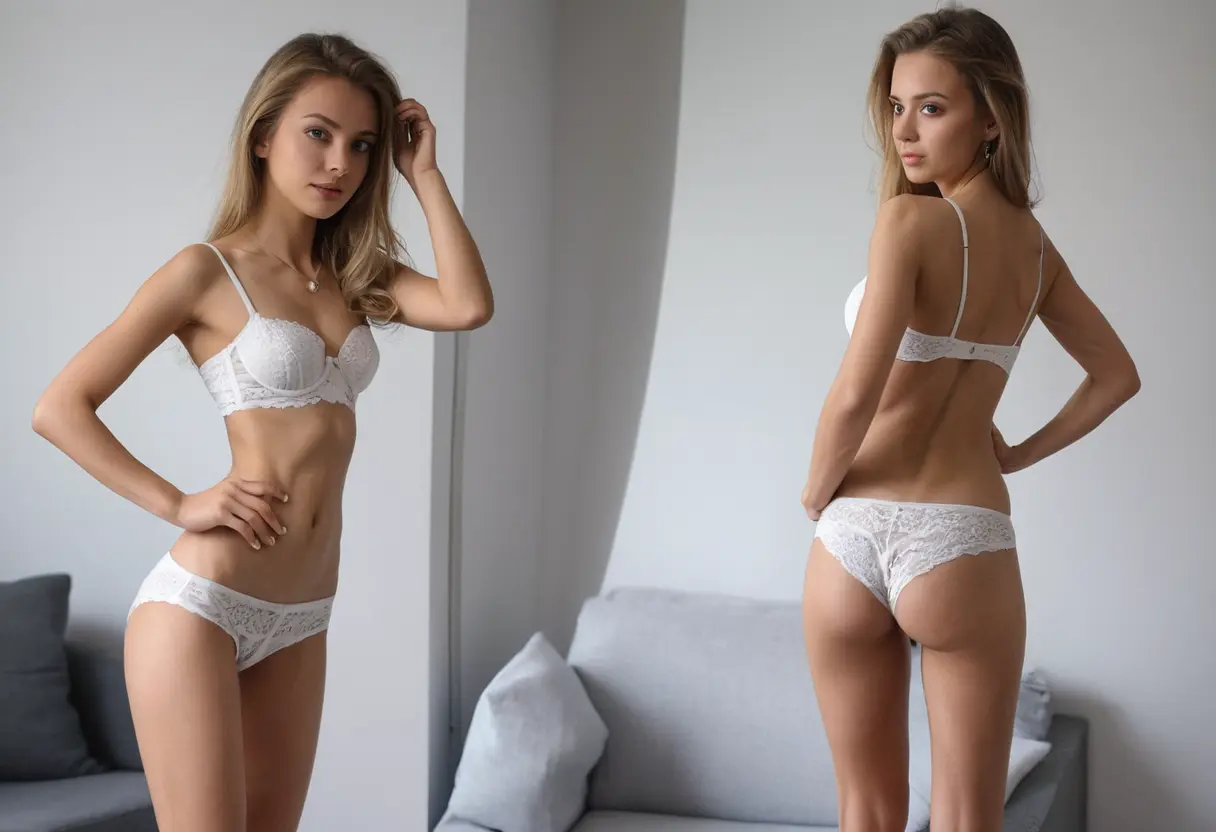Artificial Intelligence (AI) has transformed numerous fields, and digital art is no exception. The advent of AI technologies has influenced how artists create, interpret, and engage with themes such as nudity and the human form. This article delves into the multifaceted impacts of AI on nude undressing in digital art, exploring the creative, ethical, and societal implications of this intersection.
AI has revolutionized the creative process in digital art by offering tools that assist artists in generating new concepts and forms. With machine learning algorithms, artists can create intricate designs that may have been impossible to achieve manually. These tools often analyze existing artworks, identifying patterns and styles, which they then apply to generate original pieces.
For instance, generative adversarial networks (GANs) are increasingly used in creating digital nude art. By training on a dataset of existing nude artworks, these AI models can produce new images that mimic certain artistic styles or themes. This ability not only broadens the creative horizons for artists but also challenges traditional notions of authorship and originality in art.
As AI continues to generate nude artworks, ethical concerns arise regarding consent and representation. AI algorithms often rely on large datasets of existing images, which may include works that artists have not explicitly consented to be used. This raises significant questions about copyright and the rights of original creators.
Furthermore, the portrayal of nudity in digital art can evoke discussions about body positivity, objectification, and the influence of societal norms on artistic expression. Artists using AI must navigate these issues thoughtfully, ensuring that their work does not perpetuate harmful stereotypes or reinforce negative body image perceptions.
The societal response to AI-generated nude art varies widely. Some viewers embrace the innovation and creativity that AI brings to the art world, appreciating the new forms of expression it allows. Others, however, express discomfort, viewing AI-generated nudity as lacking the emotional depth and human touch found in traditional artworks.
This dichotomy highlights the evolving landscape of art appreciation in the digital age. As AI becomes more integrated into the artistic process, it challenges audiences to reconsider their definitions of art, creativity, and the human experience. The acceptance of AI-generated nude art may also reflect broader societal shifts toward technology and its role in everyday life.
The future of AI in the realm of nude art holds exciting possibilities. As technology advances, artists may explore new techniques and mediums, creating immersive experiences that combine AI with virtual reality and augmented reality. These innovations could allow audiences to engage with art in ways previously unimaginable, deepening their understanding and appreciation of the human form.
Moreover, as discussions around ethical considerations continue, the art community may develop new guidelines and standards for the use of AI. This evolution could promote a more responsible approach to AI-generated art, ensuring that creators respect the rights of individuals and the integrity of artistic expression.
In conclusion, the impact of AI on nude undressing in digital art is profound and multifaceted. From enhancing creative processes to raising ethical questions and influencing societal perceptions,undress ai tool AI plays a significant role in shaping contemporary art. As artists and audiences navigate this new landscape, the conversation surrounding AI, creativity, and the representation of the human form will continue to evolve. Embracing these changes while addressing the ethical implications will be crucial for fostering a respectful and inclusive art community in the digital age.







copyright © 2023 powered by free undressed ai sitemap